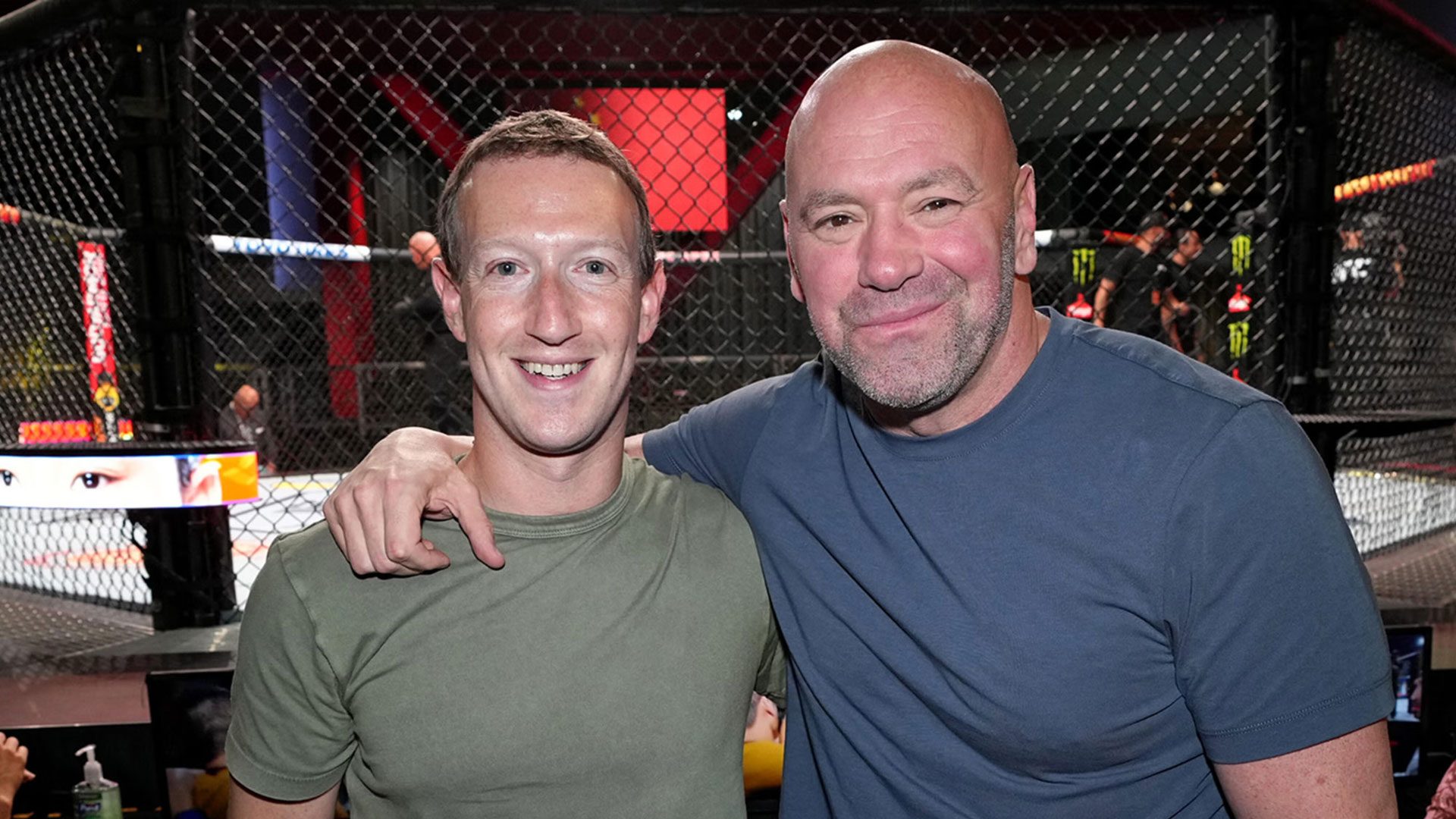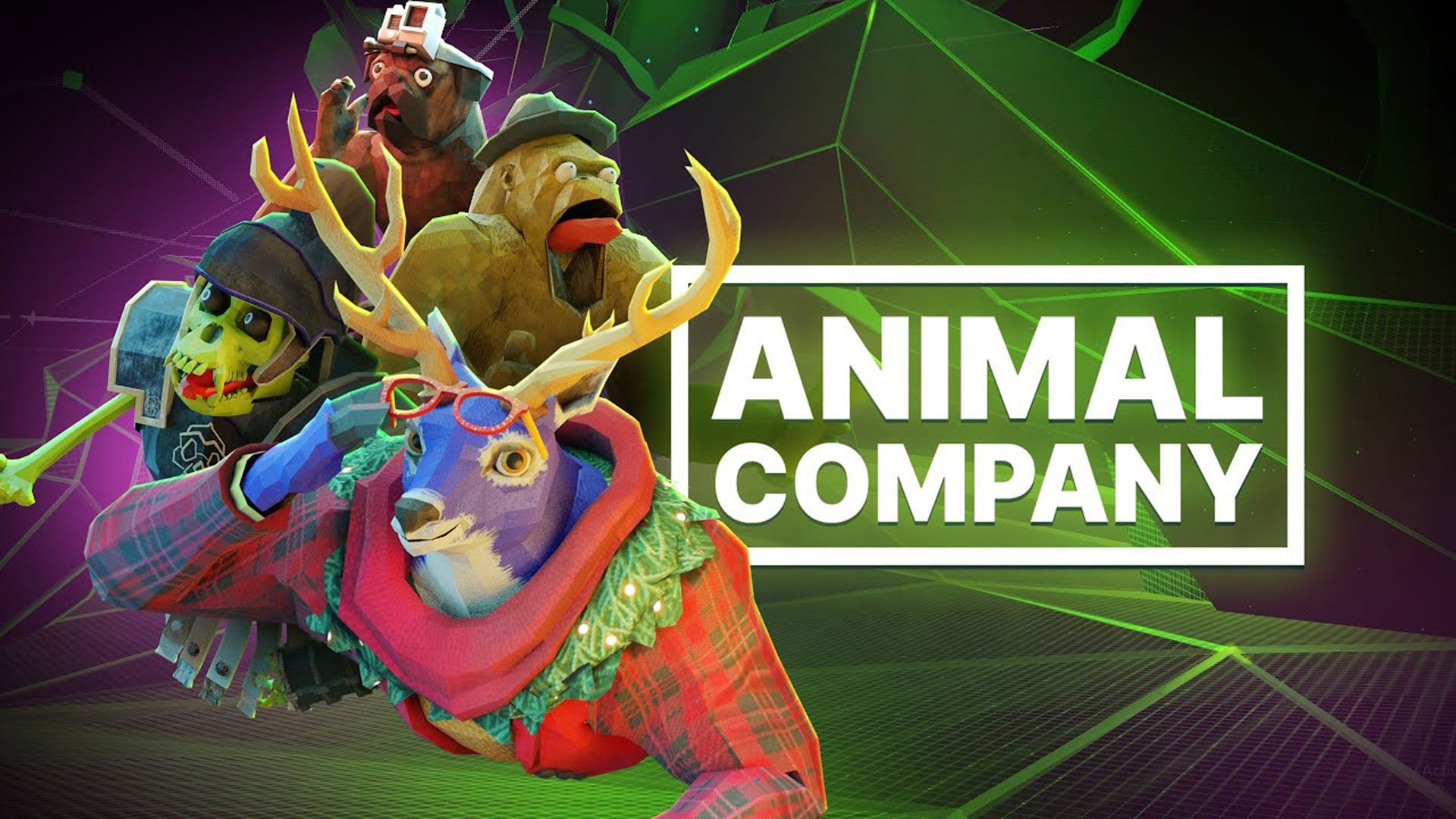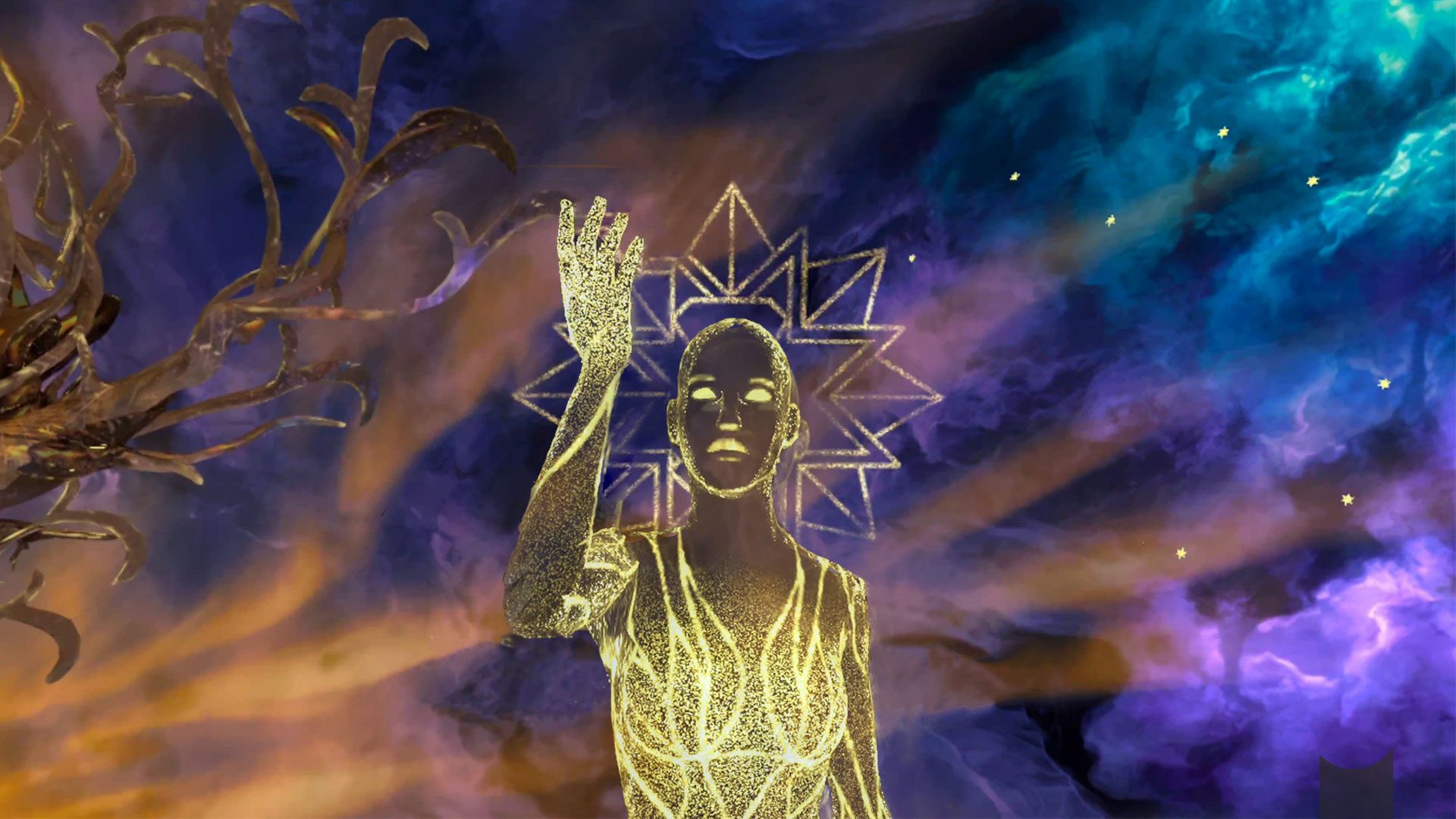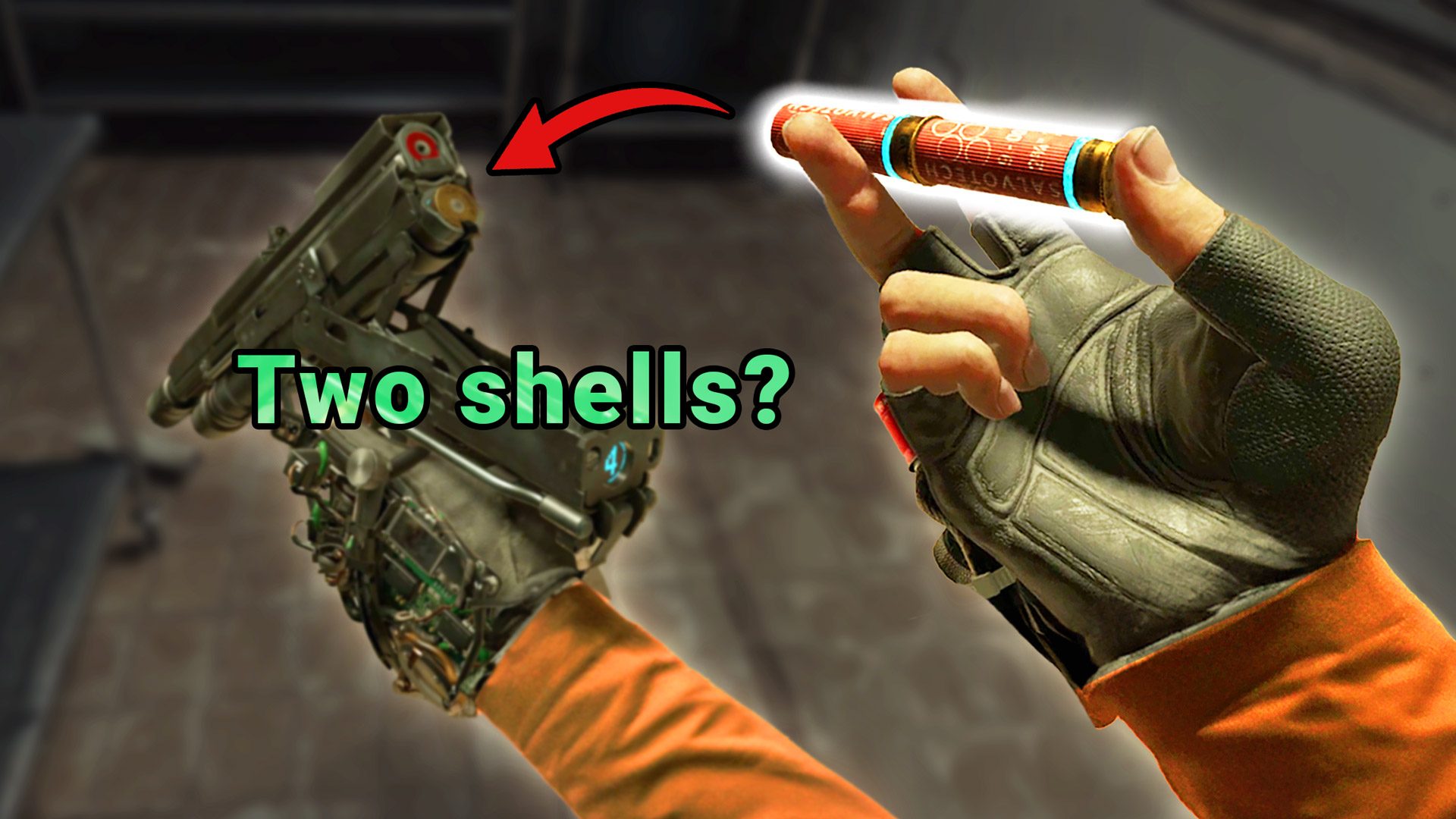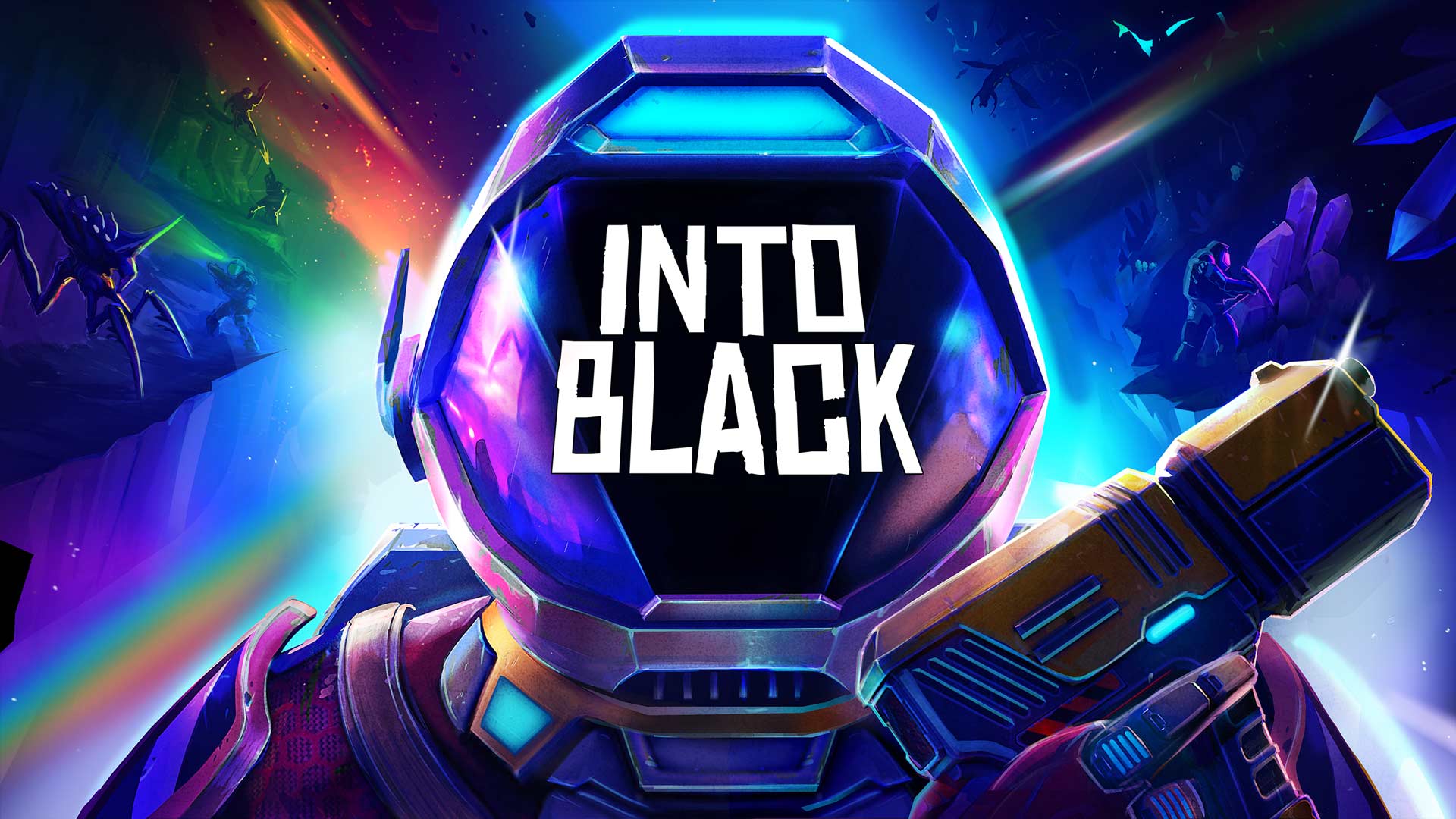As we eagerly anticipate the arrival of the Nintendo Switch 2, it’s hard not to speculate about what exciting game releases might accompany its launch. Splatoon 4 seems like a perfect candidate to debut alongside the new console. This upcoming period will be crucial for establishing the Switch 2’s success, and taking lessons from past experiences will be essential to make it a hit. With the reveal just around the corner, there’s no better time to strategize for Splatoon 4’s potential success.
Splatoon has firmly established itself as a staple in the Nintendo lineup. Its popularity makes Splatoon 4 an ideal choice for a launch title, especially when we consider how swiftly Splatoon 2 followed the initial Switch release. However, the series has had some stumbles on the current console, offering valuable lessons that could shape a more successful launch strategy for Splatoon 4.
The allure of the Splatoon franchise for Nintendo enthusiasts is undeniable. New to their lineup, the series has exceeded expectations and outlasted some other Nintendo titles released around the same time. This lasting appeal, combined with its burgeoning fanbase, offers an opportunity that the company cannot afford to overlook.
The connection between Splatoon 4 and the Nintendo Switch 2 should be obvious, but merely pairing them isn’t enough. The series has faced challenges in the past, and to avoid falling into the same traps, Splatoon 4 will need to address these issues head-on. A recurring problem has been Nintendo’s inconsistent post-launch support for Splatoon games.
A major part of Splatoon’s charm lies in its community-driven activities, particularly through Splatfests and opportunities for self-expression. This community aspect leads fans to associate Splatoon with games that offer ongoing content updates. While there’s an expectation that new Splatoon games will receive regular updates, in the past, this hasn’t always been consistently met.
Though previous efforts have made strides toward ongoing support, it hasn’t been enough to truly satisfy the game’s dedicated fanbase. With a community ready to engage over long periods, Splatoon 4 should look to sustain this enthusiasm through calculated updates and content expansions.
Splatoon 3 started moving in the right direction with more substantial DLC offerings, but Splatoon 4 has the opportunity to set a much higher standard. While receiving significant DLC would undoubtedly be appreciated, simple, regular updates can hold just as much value. Other popular Nintendo franchises, such as Animal Crossing, exemplify this approach, proving that sustained support doesn’t necessitate monumental additions.
Splatfests provide a perfect framework for maintaining interest and justifying ongoing support. Though each game eventually holds a final Splatfest, there has historically been a sizable gap between this and the release of a new title, which has left fans wanting more.
The worrying trend of long intervals between games in the Splatoon series further highlights the importance of consistent post-launch content. While we hope Splatoon 4 may grace the Switch 2’s initial launch lineup, nothing is set in stone. Nonetheless, for Splatoon 4 to effectively serve as a flagship offering for the new console, it must sustain interest beyond its initial release and not fall into the shortcomings of its predecessors.































